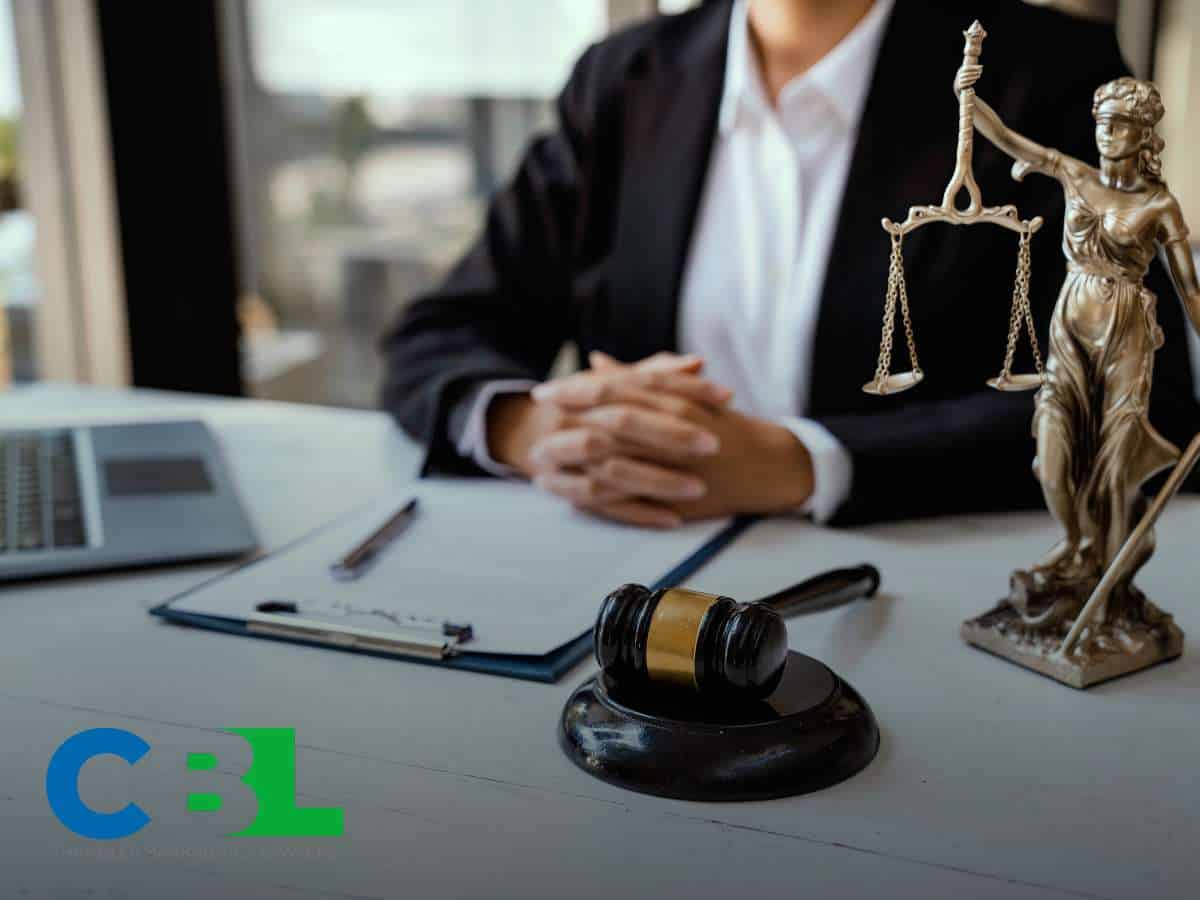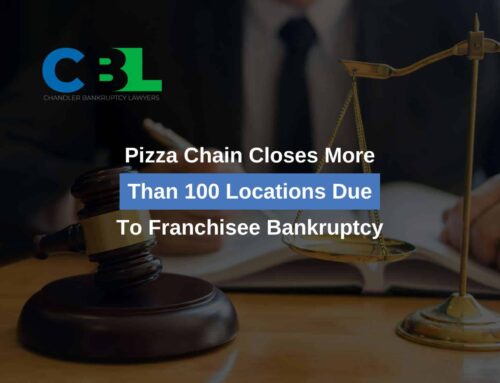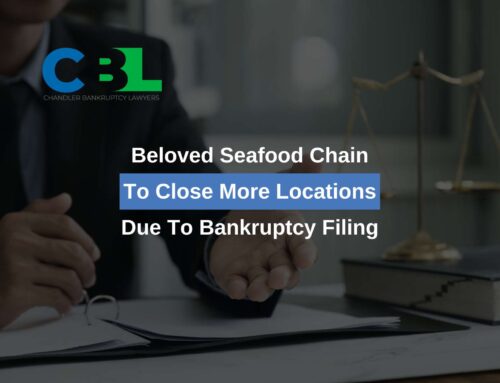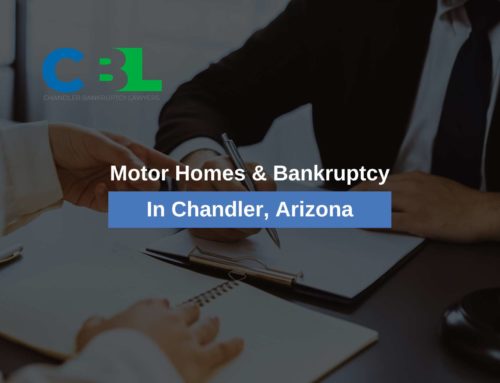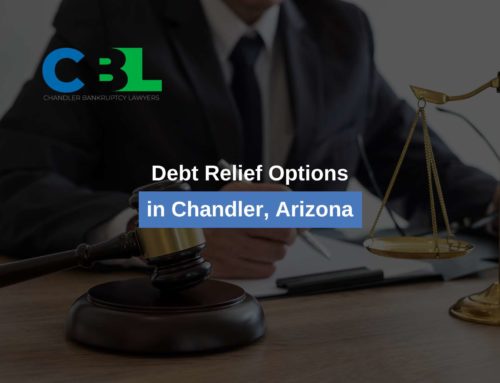With inflation causing the cost of living to rise at out-of-control rates, it’s hard to imagine spending thousands of dollars on luxury clothing and accessories. But with its most profitable year being relatively recent history in 2021, it might come to a surprise to some that the online retailer Farfetch is on the verge of bankruptcy. That year, Farfetch had a valuation of $20 billion. Now, the luxury fashion retailer must secure financing to remain in business. Read on to learn more about how Farfetch came to be in this situation, and how it can be used as a learning illustration for more ordinary consumer bankruptcy filings. If you have additional questions, our skilled Arizona bankruptcy lawyers offer consultations free of charge. To schedule yours today, call 480-833-8000.
A Riches To Rags Story
Farfetch has been in business since 2007. It sells luxury brands like Burberry, Dolce & Gabbana, Gucci, and more. That means that most of the products for sale on its website cost hundreds of dollars, if not thousands. It also offers a wide variety for a luxury retailer, which contributed to its rising popularity up until recent years. Farfetch first went public in 2018 and has investors that are major companies like Alibaba and Artemis. It even owns a $200 million share in luxury department store Neiman Marcus, which filed for bankruptcy in 2020. Despite a former valuation in the billions, Farfetch has fallen to a market value of approximately $250 million. This has left the company scrambling for new investments. It needs at least $500 million in new funding to stay afloat. It reported $1.15 billion in debt in June 2023. Increased competition in the luxury fashion market combined with reduced spending by consumers in the U.S. and China have been the root of Farfetch’s issues.
Farfetch’s financial problems aren’t just indicative of the current state of the economy. A potential bankruptcy could damage other companies in the industry. Farfetch was set to purchase 47.5% of rival retailer Yoox Net-a-Porter in August 2022 which could fall through and leave Yoox Net-a-Porter without recourse. On the other hand, Farfetch’s problems could be advantageous for its competitors. Farfetch closed its beauty department earlier in 2023 which accounted for 11% of its workforce. This leaves more space in the market for beauty companies, as well as new potential employees looking for work. Farfetch is considering Apollo Management and Carmen Busquets as new investors. Without financing from these potential investors, Farfetch will be forced to declare bankruptcy.
How Major Companies Get Back On Track with Chapter 11 Bankruptcy
The two most common types of bankruptcy that retailers and other businesses use are chapter 11 and chapter 7. The biggest difference between the two is that chapter 7 bankruptcy businesses must shut down, while a business can emerge from chapter 11 bankruptcy and continue operating. Chapter 11 bankruptcy can be used to shut down an unprofitable company but is unique for the option to stay in business. This is because chapter 7 is a liquidation bankruptcy while chapter 11 fully reschedules debt.
A key feature of chapter 11 bankruptcy is the creditor committee. As the name suggests, the creditor committee is comprised of the debtor’s creditors. These creditors play a much larger role than if the debtor had declared chapter 7 or chapter 13 bankruptcy. The committee has decision-making authority over several types of company decisions. If the business wants to open up new locations, or even shut down less successful locations, this must be approved by the creditor committee. If the business wants to sell off large amounts of equipment, this must be approved by the creditor committee- an example of this would be when Hertz car rental company filed for bankruptcy and had to get approval before selling off a significant percentage of their used vehicles. A company in a chapter 11 bankruptcy retains control over base-level operations decisions.
There are many famous retailers that have utilized chapter 11 bankruptcy to reorganize and emerge as more profitable companies. David’s Bridal was one of the biggest names in fashion to file for bankruptcy in 2023. Forever 21 filed for bankruptcy in 2019 but has managed to rework its model to include more online presence and less physical locations, despite still being a mainstay in many shopping malls. Brooks Brothers, responsible for outfitting several of our presidents, was forced to file for bankruptcy during the COVID-19 pandemic. JC Penney and Neiman Marcus also declared bankruptcy during the pandemic.
Should the Average Person Consider Chapter 11 Bankruptcy?
Chapter 11 bankruptcy is available not just to businesses but individual consumers as well. However, it usually isn’t the best option for an individual unless they have a high net worth and a complex debt structure. Most people’s needs are better served by chapters 7 and 13. Chapter 7 wipes away unsecured debts, with common examples of those being credit cards, medical bills, and taxes that meet certain requirements. It is the most commonly filed type of bankruptcy despite having income requirements that debtors can have difficulty meeting. The process is generally short and can be completed in less than 6 months. For those whose income is too high to qualify or that have debts that can’t be helped with a chapter 7 filing may want to consider chapter 13. To see if you qualify for chapter 7 bankruptcy in Arizona, schedule your free consultation with our firm or call 480-833-8000.
Chapter 13 bankruptcy is different from chapter 7 bankruptcy because it requires the debtor to pay off their debts in a payment plan. At first glance, this may seem like a huge disadvantage. However, it allows the debtor to address debts that can’t be discharged in chapter 7 bankruptcy, like back child support and alimony or taxes that retain priority status. It also allows a debtor to catch up on payments for secured assets like a home or motor vehicle while enjoying 3 or 5 years of protection from creditors. If a debtor’s income isn’t high enough to pay them off, unsecured debts can be discharged at the end of the plan. For the vast majority of people, chapter 7 or chapter 13 is able to adequately serve their debt relief needs. It is very rare when an average person has to declare chapter 11 bankruptcy, as it can be far more complex and expensive than the other forms of bankruptcy. For more information about which type of bankruptcy could help you the most, call our Arizona bankruptcy attorneys for your free consultation at 480-833-8000.
Thinking About Bankruptcy? Start With a Free Consultation.
Pressure from debt can make it even harder to understand the ins and outs of bankruptcy than it already is. A skilled legal professional can make your case more straightforward and effective. Move past financial issues and protect yourself from creditors with a strategic and accurate bankruptcy filing. Our Chandler bankruptcy team offers high quality representation with payment options that make filing bankruptcy more affordable than ever. Our payment plans start as low as zero dollars down. For more information, schedule your free consultation by calling 480-833-8000.
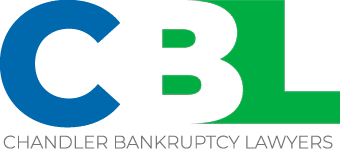
CHANDLER BANKRUPTCY LAWYERS
1731 West Baseline Road #101
Mesa, Arizona 85202
Phone:480-780-2211
Email: [email protected]
Website: www.chandlerbankruptcyattorney.co
Additional assistance is available from our Arizona Bankruptcy Experts:
Gilbert Bankruptcy Attorneys
Tucson Bankruptcy Lawyers
Glendale Bankruptcy Lawyer
Chandler Bankruptcy Lawyer
Tempe Bankruptcy Lawyers
Arizona Bankruptcy Attorneys

